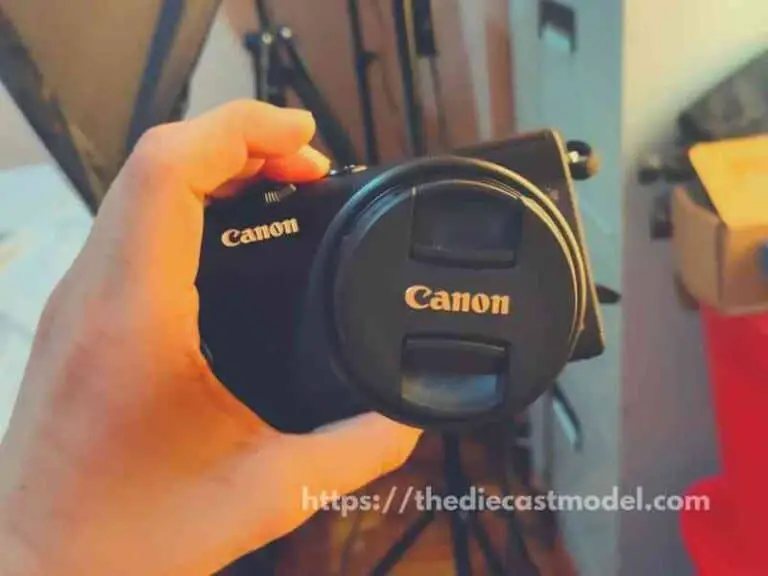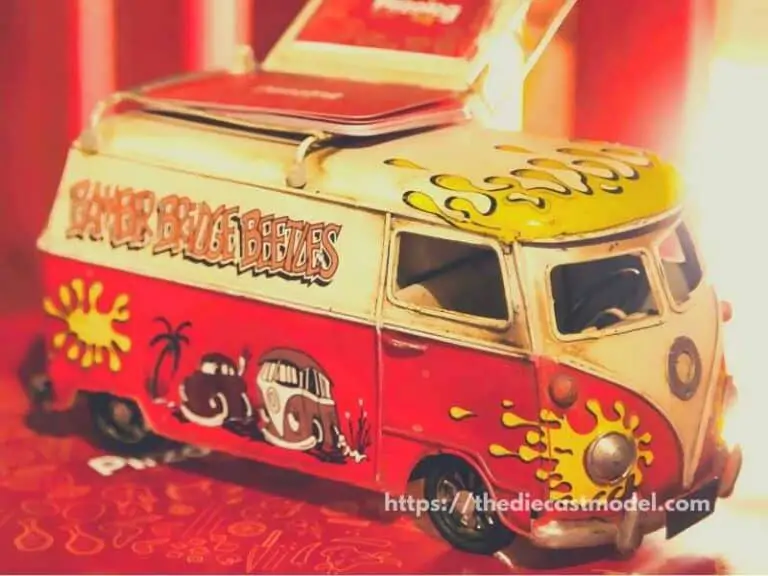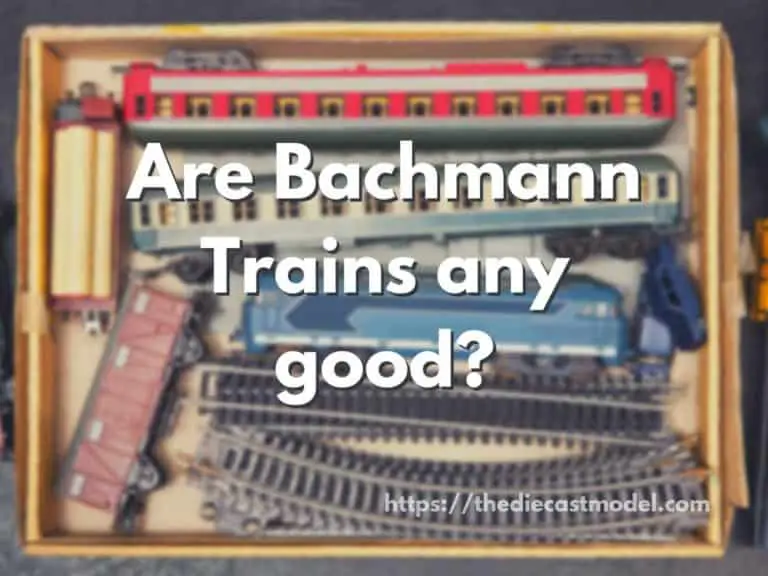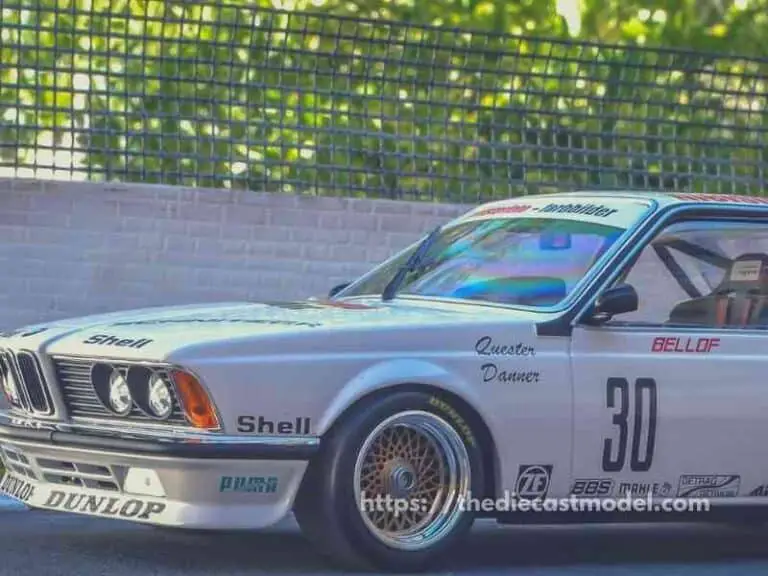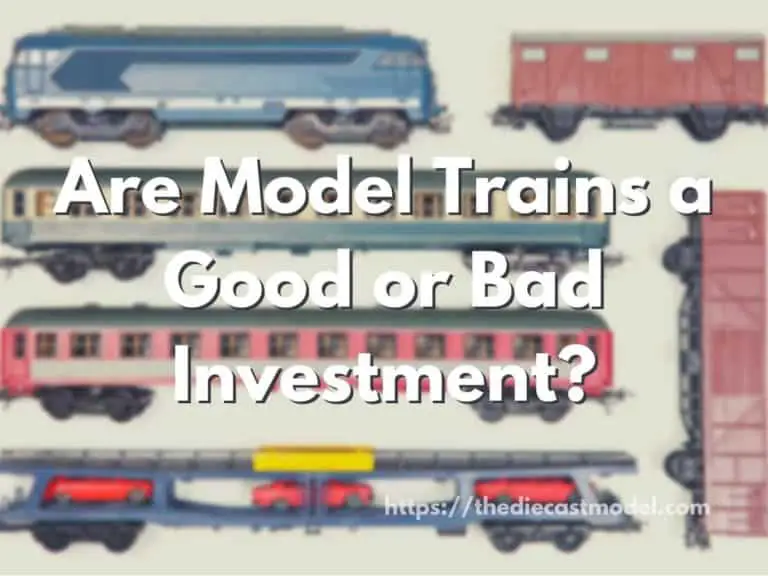Can DC locomotives be converted to DCC?
One of the great things about model railroading is the ability to change things up and experiment with new technologies. This can be especially true when it comes to locomotives. In the past, converting a DC locomotive to DCC was a complex process. However, recent advancements in DCC technology have made this process much easier. In this article, we will explore the process of converting a DC locomotive to DCC and discuss some of the things to consider while doing so.
Generally speaking, all DC trains or locomotives can be converted to DCC. The conversion only requires installing a decoder, a tiny chip that interprets the values entered in a DCC controller. However, the difficulty of installing a Decoder varies depending on the type of train.
This post will talk about converting a DC train to DCC. Furthermore, it will discuss how and how much it costs to convert the train and layout. Lastly, I will talk about the first thing to convert to prevent engine strain.
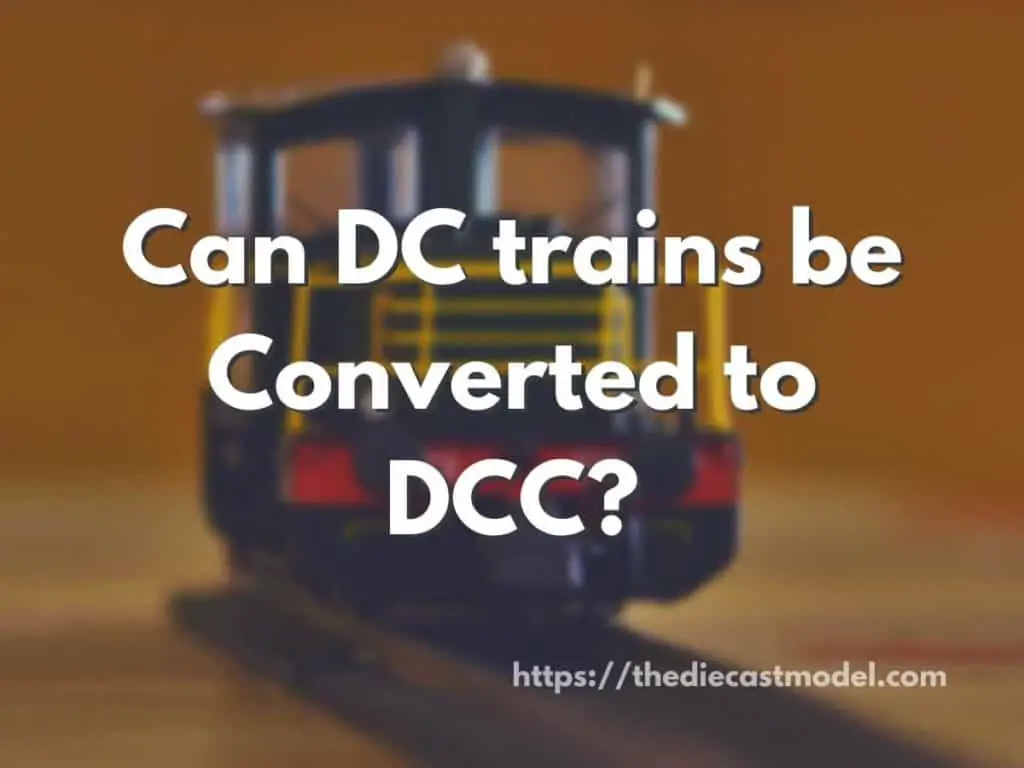
Can I convert a DC train to DCC?
You can convert a DC train to DCC by installing a decoder. The decoder is a tiny chip that instructs the train’s engine and accessories to move based on the values set on the DCC controller. Installing a decoder can be as easy as putting it in the decoder socket or soldering it into the train locomotive.
Generally speaking, all DC trains can be converted to DCC. However, the difficulty of doing so depends on the model’s design.
If the locomotive is DCC-ready, you only need to install a decoder in its socket. This is because DCC-ready trains already have a socket to put a decoder.
DCC-fitted trains also don’t need a decoder since it already has one pre-built. This means you can instantly run these trains on DCC controls.
Most old train models solely run on DC. This is where the challenge begins
For train models that run only on DC, installing the decoder is more challenging and may require soldering.
Furthermore, some DC trains are harder to turn to DCC, especially those with a metal frame.
Lastly, if the DC train’s motor isn’t isolated from the frame, it will require precision to convert them to DCC, and small mistakes can break the engine.
Thus, it is recommended to let experienced modelers do it for you if you have these kinds of train models.
But you can convert all train models to DCC. What differs is the difficulty of converting them to DCC.
While decoders are now becoming cheaper, with some going for only about $20 each, it takes a lot of time to convert non-DCC-ready model trains.
Later, we will talk about the cost of converting a DC layout, including the trains to DCC. But, for now, all you need to know is, generally speaking, all DC model trains can be converted to DCC.
Can any train be converted to DCC?
Any train can be converted to DCC. However, the difficulty of converting a train to DCC varies on the train motor and design. DCC-ready trains are easy to convert to DCC, while non-DCC-ready trains might need some soldering and motor changing to turn to DCC.
If you can, convert all the way, including your locomotives and tracks to DCC. This is because incompatible layouts can damage the engine and wirings.
The main reason is that DC and DCC layouts use different types of power. For example, DC uses Direct current while DCC uses alternating current. Furthermore, their amperes and voltage are different.
For more information regarding DC vs. DCC, feel free to check this post: What is the difference between DC and DCC?
The good news is most new DC trains have a slot for decoders which is the only thing needed to convert it to DCC.
These model trains are called DCC-ready trains.
However, some locomotives aren’t DCC-ready, and it requires more work and soldering to turn them into DCC.
Changing to DCC can be costly. Thus, if you are short on cash, convert the train locomotives first to DCC before the layout if you are short on money.
DCC trains can run on DC layout, while DC trains can’t run well on DCC layouts.
We will talk about this later but for now, let’s talk about the specific things you need and the cost of converting your layout to DCC.
So, how much does it cost to convert a complete layout including trains to DCC? I made a table below to give you an estimation.
Here is a table showing the basic things you need to convert a DC layout, including the train to DCC.
| Items Needed | Price |
| Main Electrical Bus (14 AWG, 100ft) | $20 |
| Feeders | $8 |
| Power Cab or DCC Controller set (with PCP and Power Supply) | $220 |
| Decoders | $20 |
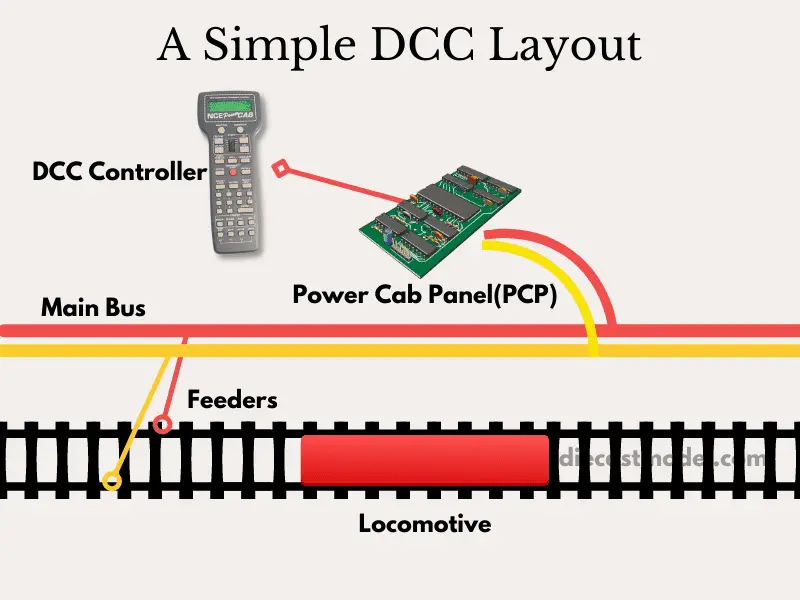
Generally speaking, it costs around $268 to convert a DC layout to a simple DCC layout. This simple DCC layout already includes the DCC Controller, the Power Cab Panel, Track Feeders, Main Electrical Bus, and a Decoder for one locomotive. However, more complex tracks require more feeders, boosters, and decoders, increasing the cost.
The table above summarizes the average cost for a simple conversion to a DCC layout.
The table doesn’t involve the cost it may take to let others convert your DC train to DCC, especially if it is not DCC-ready.
Furthermore, this doesn’t consider the brand of the DCC system you want.
However, this can give you an estimate on how much it takes, and you can use the table together with how many feeders, boosters, and decoders you need to power the system.
If you’re extremely low on cash, I advise starting with the locomotives since adding a decoder only costs around $20.
But why? Why would I advise you to start with changing the locomotives to DCC then the layout if you’re short on cash? The answer relies on the strain DCC layouts do to DC trains.
That’s what we will talk about in the next section.
Can I use DC Locomotives on a DCC Track?
You can use a DC locomotive on a DCC track. However, take note that this setup will strain the DC locomotive’s engine. Thus, it is not recommended. However, using a DCC locomotive in a DC track is fine since DCC decoders are set to run on DC by default.
Because of the price of changing a DC track to DCC, many might be short on cash in changing all their DC locomotives to DCC.
Thus, this question might have popped into your mind, so I decided to include this in the post.
I recommend not running a DC locomotive on a DCC track, and there are multiple reasons why.
There are two reasons why you shouldn’t run DC trains on a DCC track. First is, the type of power is different. Second, the amount of power is also different.
If you try running a DC locomotive on a DCC track, you will instantly notice that the train will run at maximum speed.
If you observe the train, it might seem like the train is doing ok. But if you do this for weeks or months, you will notice that the train starts deteriorating.
This is because of the reasons I told above.
First, DC trains run on Direct Current while DCC runs on alternating current. This difference in the type of power strains the train engine.
Furthermore, the train wouldn’t know how to process this power properly and how much power to use without the decoder. Therefore, it will always run at maximum speed.
As you can see, the fact that the motor can’t correctly process the power is enough to strain the engine. But there is more.
DCC runs on 16 to 22 volts and 5 to 8 amperes, while DC runs for the maximum of 12 volts and 1 to 2 amperes.
As you can see, if you run a DC train at 22 volts, it will overly stress the engine that only needs 12 volts to run at full speed.
This further strains the engine, which can cause it to break sooner.
However, DCC trains can run on DC tracks without problem since the decoder is set to run on DC by default except if a DCC controller controls it.
Thus, it is recommended to convert the locomotives first, then the track.
Converting your locomotives and layout to DCC can be expensive. However, the controls you will gain are worth it.
The good news is you can do it gradually with no problems, especially if you know what to convert first.
What’s next? The last part summarizes why you shouldn’t run a DC locomotive on the DCC track. If you want a complete post about the topic, feel free to check it here: Can you run analog trains on digital?

